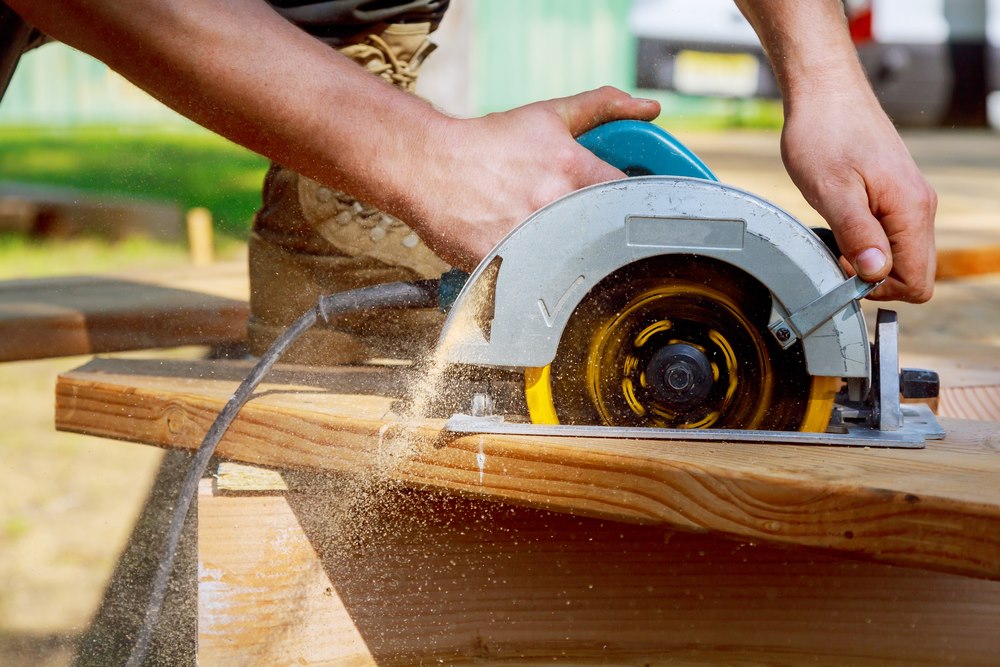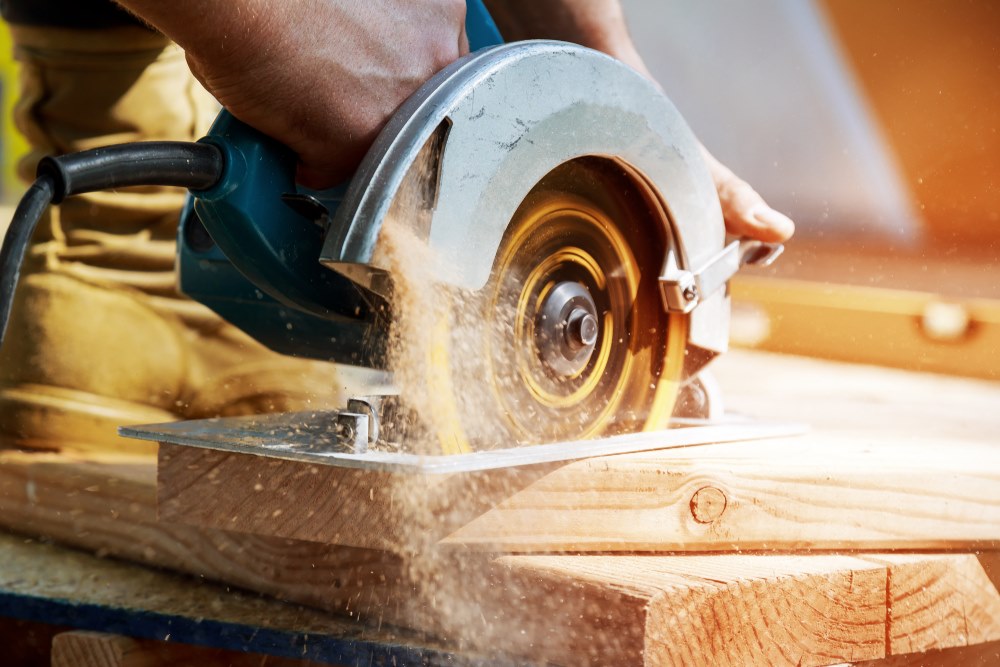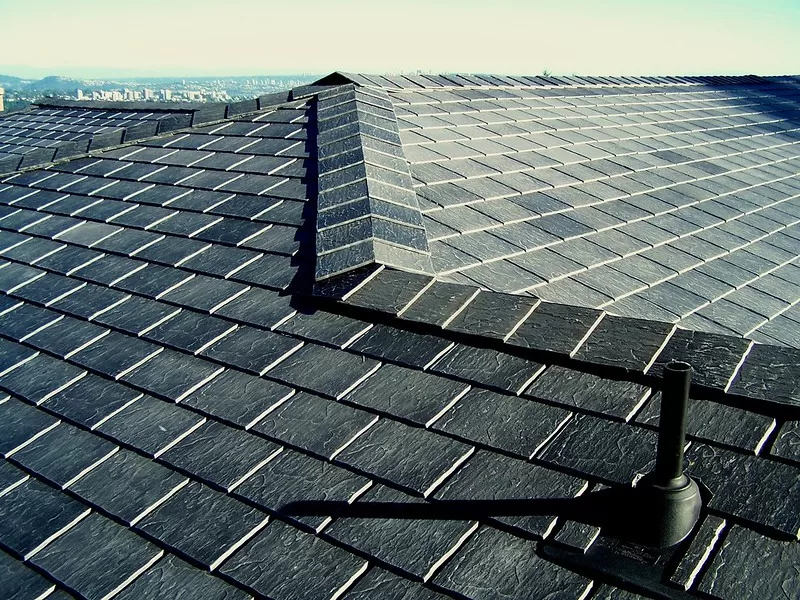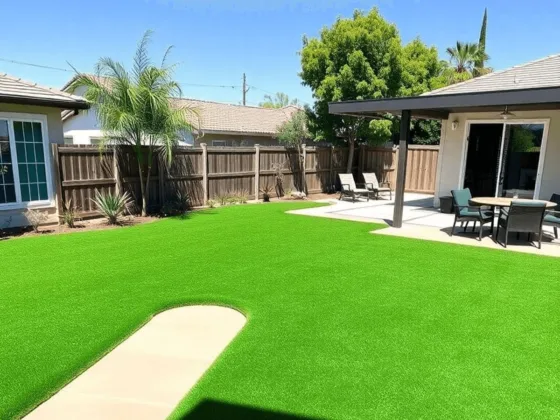The circular saw is a complete powerhouse of woodworking tools. For many wood-based home improvement projects, this utilitarian device is perfect to have in any keen do-it-yourselfer’s arsenal.

However, if you’re about to use – or even considering buying – your first circular saw, it can appear quite daunting.
There are a number of things to consider when using your circular saw in order to ensure safe and efficient operation, but once familiar with your saw it should be straightforward to use.
Here are four things to know when using your circular saw for the first time.
Choosing Your Blades
Circular saw blades are measured in TPI – teeth per inch. Blades with a higher TPI generally give a smoother cut which will require less sanding afterward.
A lower TPI will give a faster cut, which is more ideal for rough work. Some blades specifically designed for materials such as metal, ceramic tiles, or plastic – but there are also multi-purpose blades.
Some blades come with TCT listed against them. In this instance, TCT refers to circular saw blades with tungsten carbide tips. These can be used for woodwork, but some can also be used for metalwork too.
When choosing a blade, it’s also recommended to consider things such as the bore (the hole in the middle of the blade), and the thickness of the blade.
Read Also:
Setting Up
Once the correct blade has been selected, the next thing will be to set up the saw itself.
When setting up, it is recommended the blade depth be set to a quarter of an inch below the material you are planning to cut. Not only will this give enough clearance to the piece of wood you are cutting, but it will also help to protect your blade.
If needed, the bevel angle – the angle between the flat base of the saw which rests on the wood (or shoe) and the saw – can be adjusted. Typically for a straight cut, the bevel angle will be set at 90-degrees.
Making the First Cut
First thing’s first – mark up the piece of wood you’re about to cut. Although a simple and obvious point, it’s essential to have a guide. Once you’re happy with the measurements, clamp the material to the work surface.
When beginning to cut, line the saw blade up with the marks made previously. With the shoe firmly against the wood, press the trigger and gently move the saw forward.
It won’t require much pressure to move forward, and putting excessive force through the saw can cause damage to its motor.
If aesthetics matter, cut the other side of the wood – the part that wouldn’t be seen – as circular saws can splinter the top side of the wood. If necessary, mark one side of the wood to denote it being the ‘scrap’ side.
As a tip, when cutting makes sure you’re watching looking at the blade rather than the guide. Although some saws come with guides on the shoe, when sawdust starts to build up it might not always be visible.
Sometimes the shoe itself can also get bent out of alignment and will need replacing. If watching the saw blade, you’ll be able to get a better more accurate guide.
Safety First
When using power tools, safety will always key – especially with a circular saw.
Ensure when cutting you are in a well-lit area with no other hazards around. It’s better to be able to see what’s being cut with no distractions or other impediments that could cause an injury.
Similarly, to prevent injury wear safety goggles, masks, as well as ear defenders to reduce the noise. Not only will the goggles and mask help to protect against sawdust, but they will make you more comfortable when using cutting, rather than promoting a rush job.
If there is any surplus cord running from your saw, drape it over a shoulder. Not only will it keep it free and out of the way, but it reduces the chances of slicing through it!
After cutting, always wait for the saw blade to stop spinning before lifting it away from the wood, and always keep hands away from the blade. It is also recommended to pay attention to the direction the blade moves – and there’s an arrow on the blade to advise of this.
Despite appearing daunting, if used correctly a circular saw should be straightforward to use.











